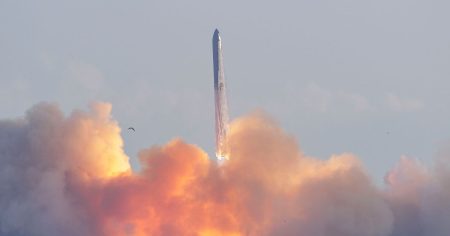The Swedish women’s relay team faced a challenging biathlon race in Oberhof, Germany, ultimately finishing 12th overall. The demanding conditions of the course, coupled with inconsistent shooting performances, hampered the team’s ability to compete for a podium position. Despite glimpses of strong skiing, particularly from individual team members, the combined effect of penalties and lost time in the range proved too difficult to overcome. This outcome, while undoubtedly disappointing for the ambitious Swedish squad, offers valuable learning experiences as they move forward in the season. Analyzing the specific stages and identifying areas for improvement will be crucial for future success.
The first leg, undertaken by [Athlete 1’s name], set the tone for the race. [Detailed description of Athlete 1’s performance, including shooting results and skiing times compared to competitors. Analyze the impact of any penalties incurred, both on her own leg and the subsequent handovers.] A strong start was crucial for establishing a competitive position early on, and while [Athlete 1] displayed moments of powerful skiing, [explain specific challenges encountered, such as shooting struggles or difficulty maintaining pace on challenging terrain]. The handover to the second leg occurred with the Swedish team placed [position at the end of the first leg].
The second leg saw [Athlete 2’s name] take on the challenging Oberhof course. [Detailed analysis of Athlete 2’s performance. Highlight any improvements or regressions compared to the first leg, and discuss how her shooting and skiing impacted the team’s overall standing.] The pressure of maintaining or improving the team’s position can be immense in relay races, and [Athlete 2] faced the additional challenge of [specific race conditions or incidents, such as difficult wind conditions, course congestion, or need for penalty loops]. Her efforts resulted in the Swedish team moving to [position at the end of the second leg] before handing off to the third team member.
[Athlete 3’s name] began the third leg with the task of navigating the increasingly challenging race dynamics. [In-depth analysis of Athlete 3’s leg, focusing on both the physical and mental demands of the relay format. Discuss her shooting performance, particularly in relation to the pressure of making up lost ground or maintaining a competitive position. Analyze her skiing speed and efficiency in relation to the competition.] The middle stages of a relay can be pivotal in determining the final outcome, and [Athlete 3]’s performance saw the Swedish team move to [position at the end of the third leg], setting the stage for the final leg and the anchor’s crucial contribution.
The anchor leg, undertaken by [Athlete 4’s name], presented the final opportunity for the Swedish team to improve their position. [Comprehensive analysis of Athlete 4’s performance. Discuss the specific challenges and opportunities presented in the final leg, such as the pressure of catching up to competitors or holding onto a lead. Analyze her shooting performance, particularly under the intense pressure of the final stage of the competition, and describe her skiing speed and strategy in relation to the other teams.] Despite a determined effort, the cumulative effect of earlier challenges proved too difficult to overcome, and the Swedish team ultimately crossed the finish line in 12th place.
Reflecting on the overall team performance, several key factors contributed to the final result. The difficult conditions in Oberhof undoubtedly played a role, testing the athletes’ ability to adapt and perform consistently in challenging terrain and weather. The shooting performance, while showcasing moments of accuracy, also revealed areas for improvement in terms of consistency and speed on the range. The cumulative effect of penalties and the resulting extra time spent skiing penalty loops ultimately hindered the team’s ability to compete for a higher placing. Analyzing the individual leg performances, identifying specific areas for improvement in both shooting and skiing, and refining relay strategies will be essential for the Swedish team as they look towards future competitions.
Looking ahead, this experience in Oberhof provides valuable data and insights that can be used to refine training and preparation. Focusing on enhancing shooting accuracy under pressure, improving skiing efficiency in challenging conditions, and developing robust relay strategies will be key to achieving future success. The tough conditions and strong competition faced in Oberhof serve as a valuable learning opportunity for the Swedish team, allowing them to identify weaknesses and develop stronger, more cohesive team dynamics for upcoming races. The resilience and determination displayed by the athletes, despite the challenging outcome, underscore their commitment to continuous improvement and their pursuit of podium finishes in future competitions.














